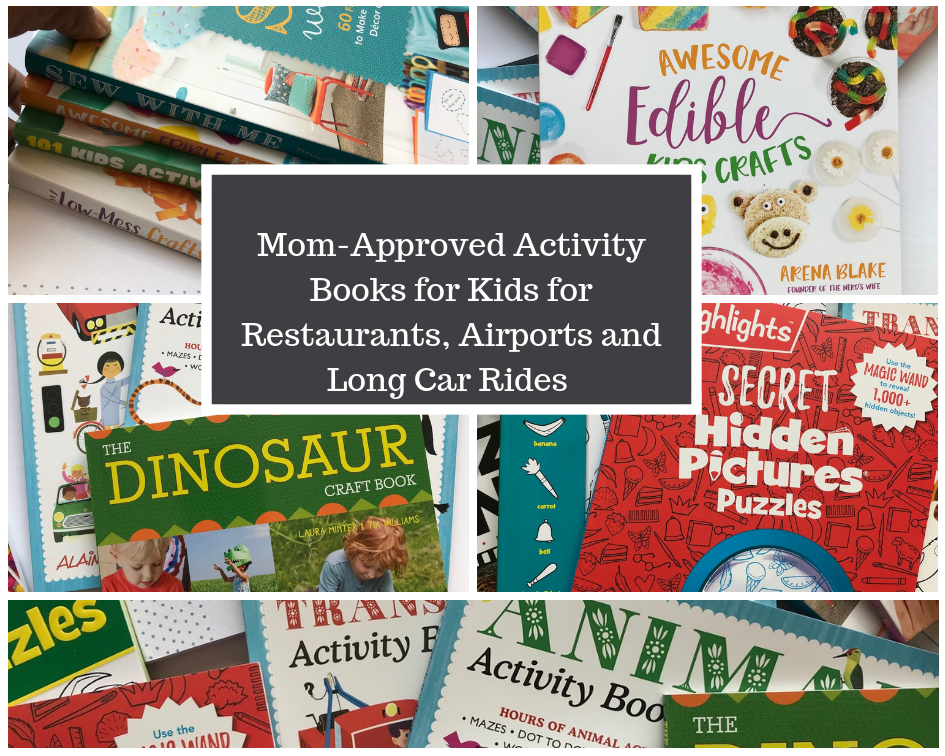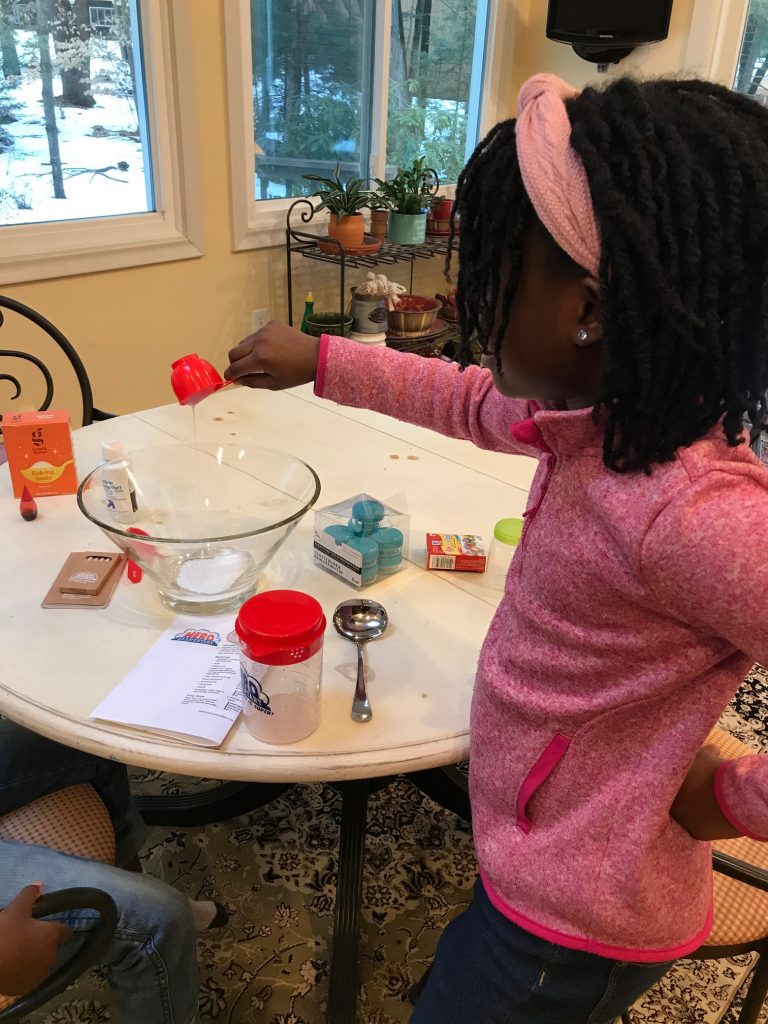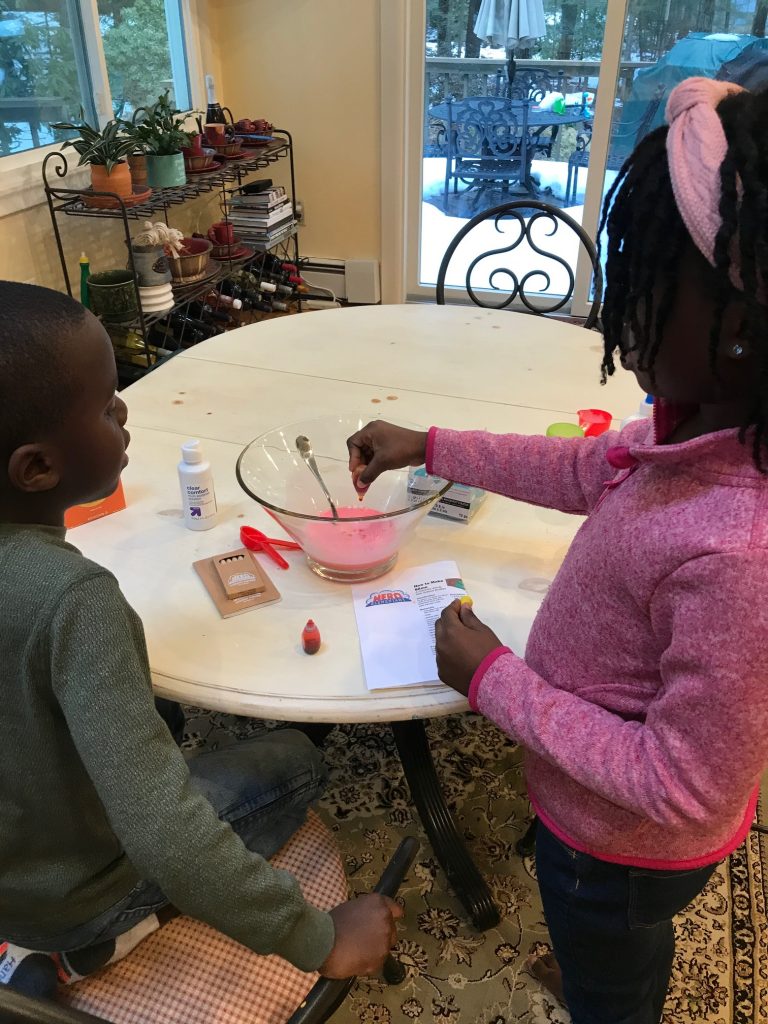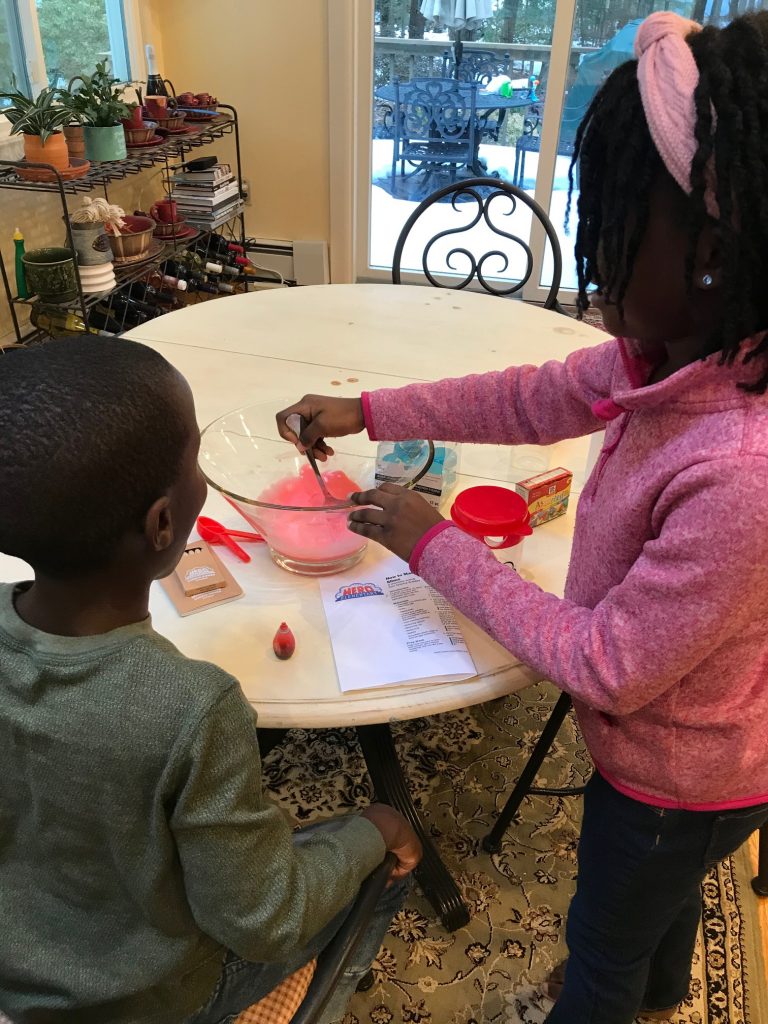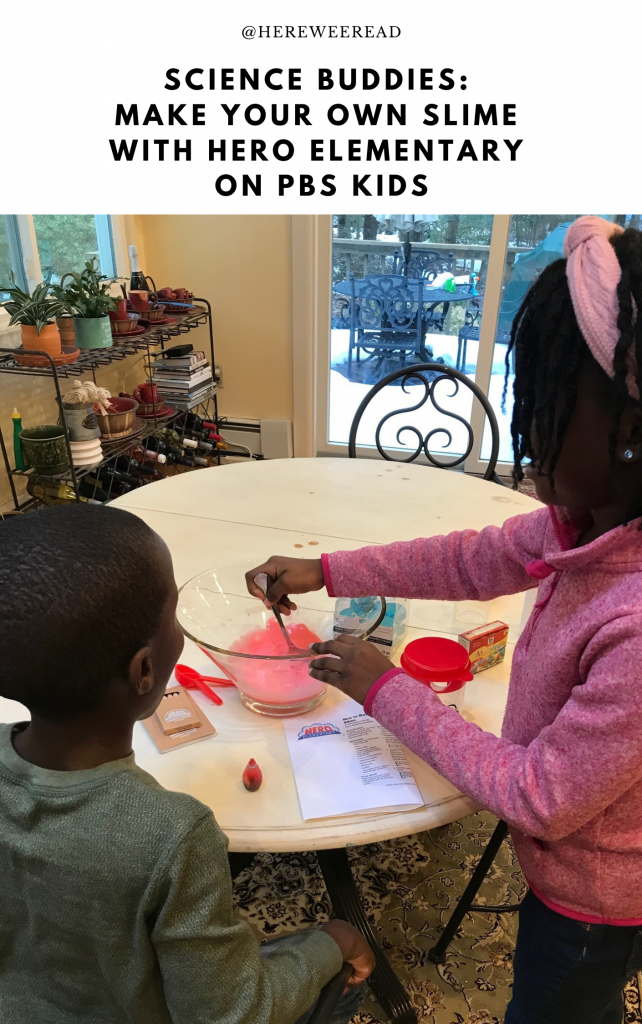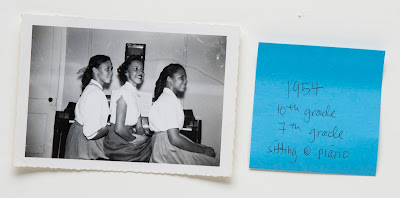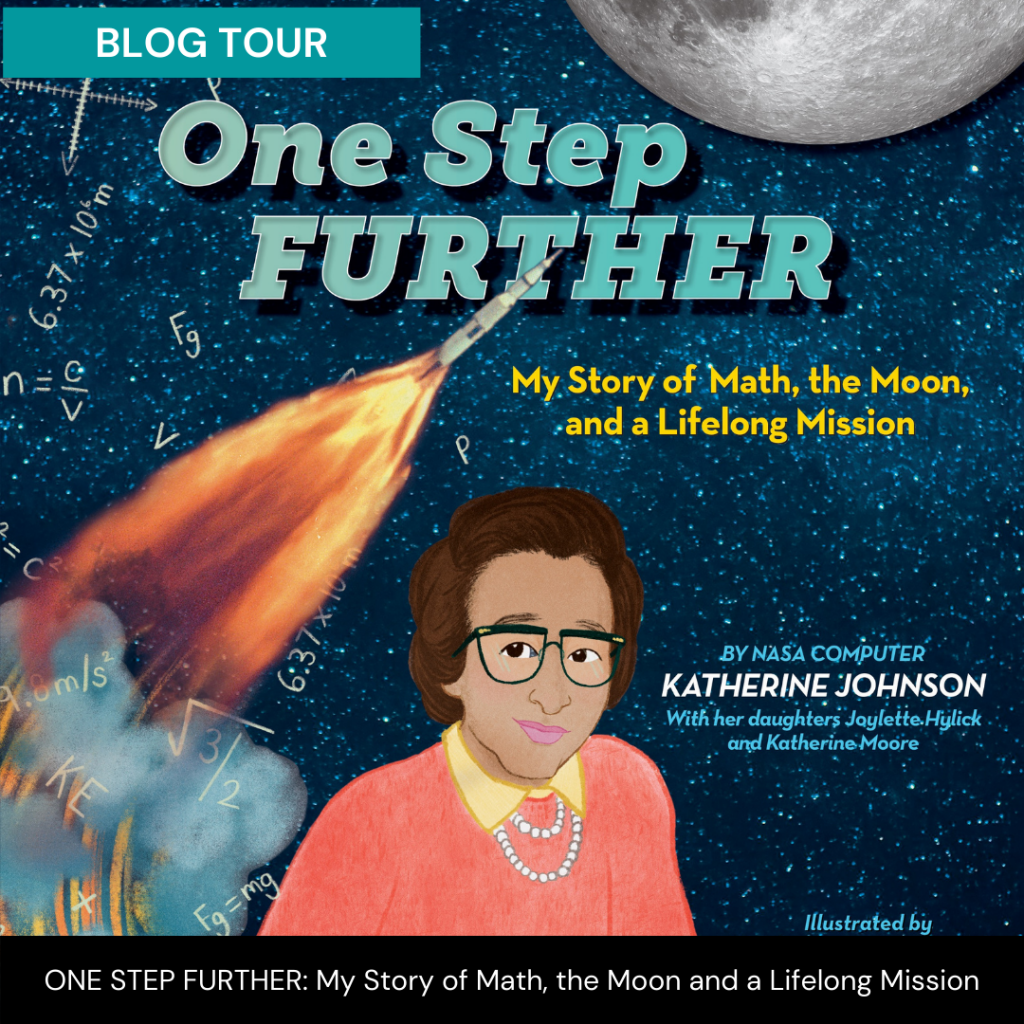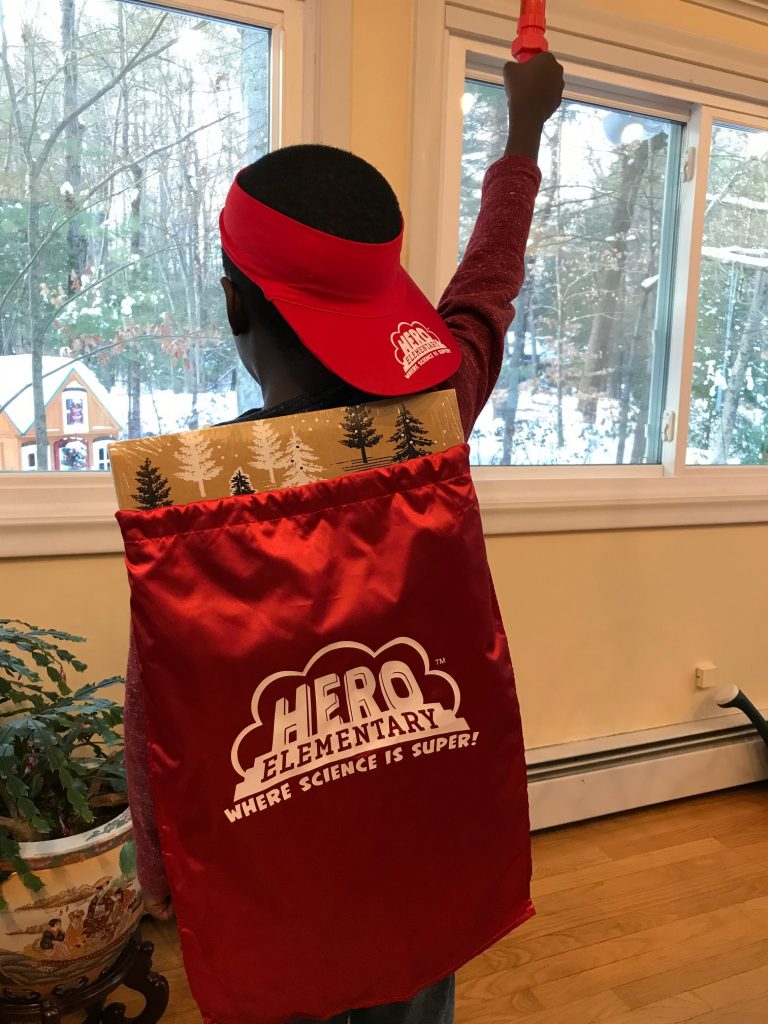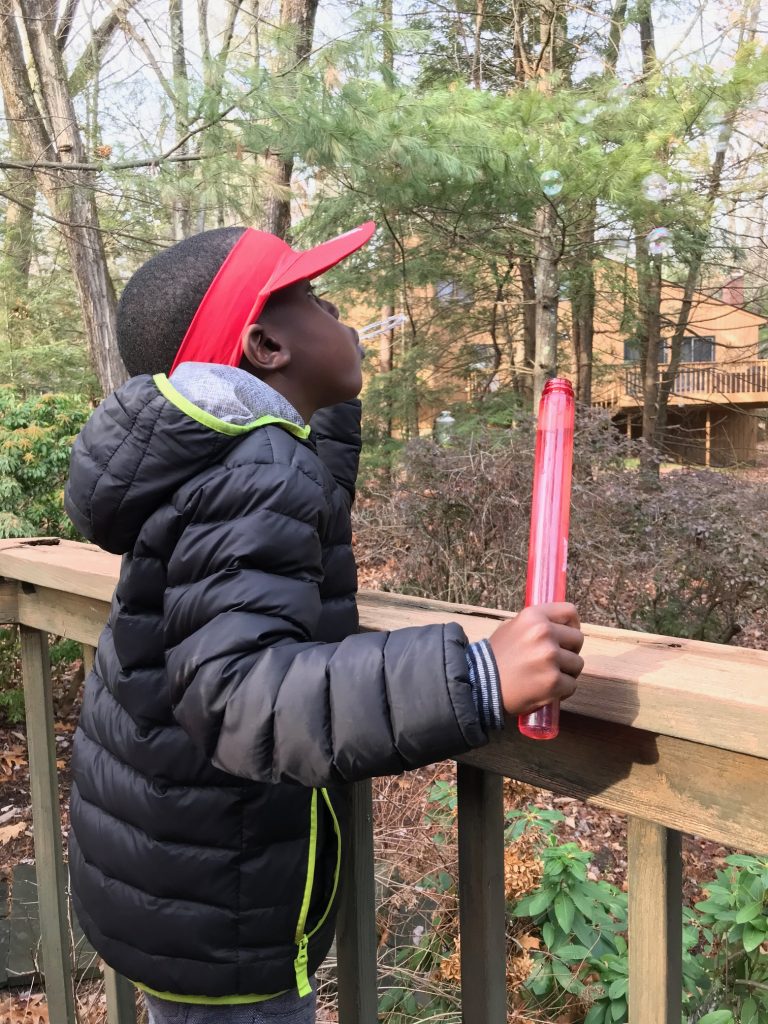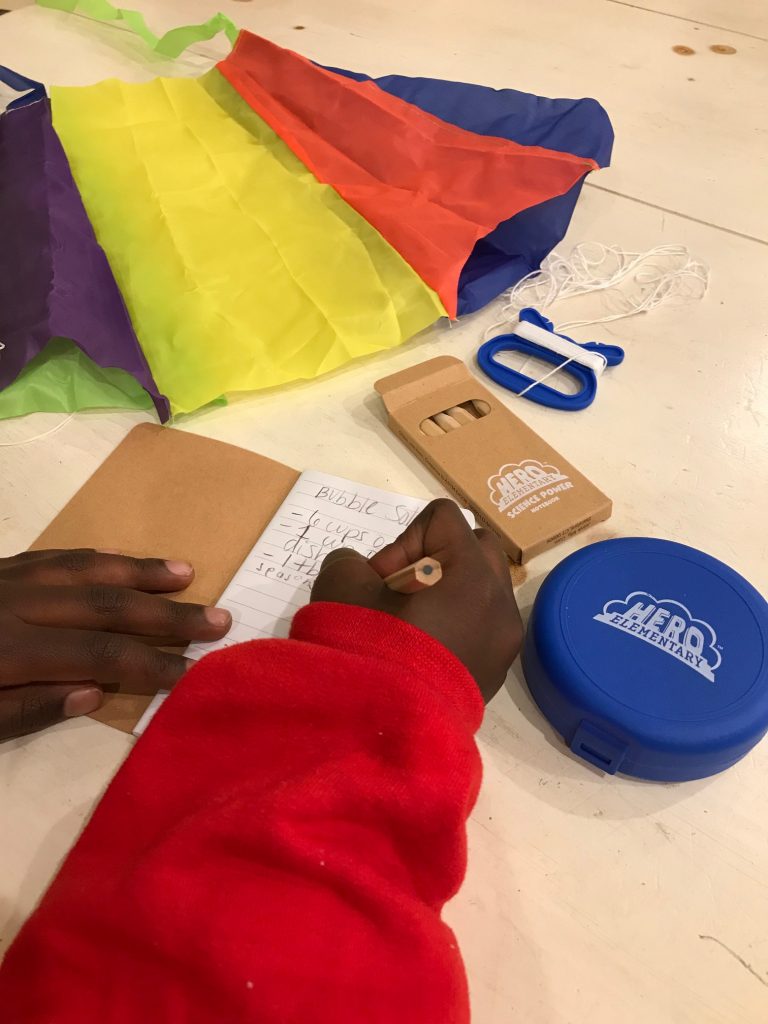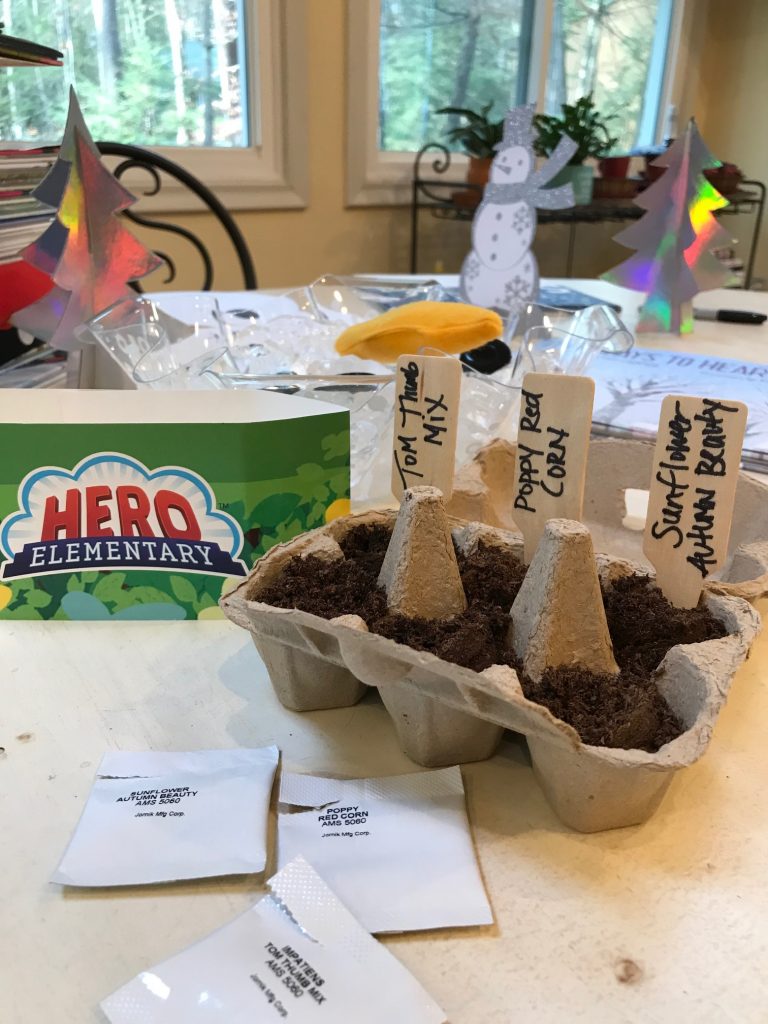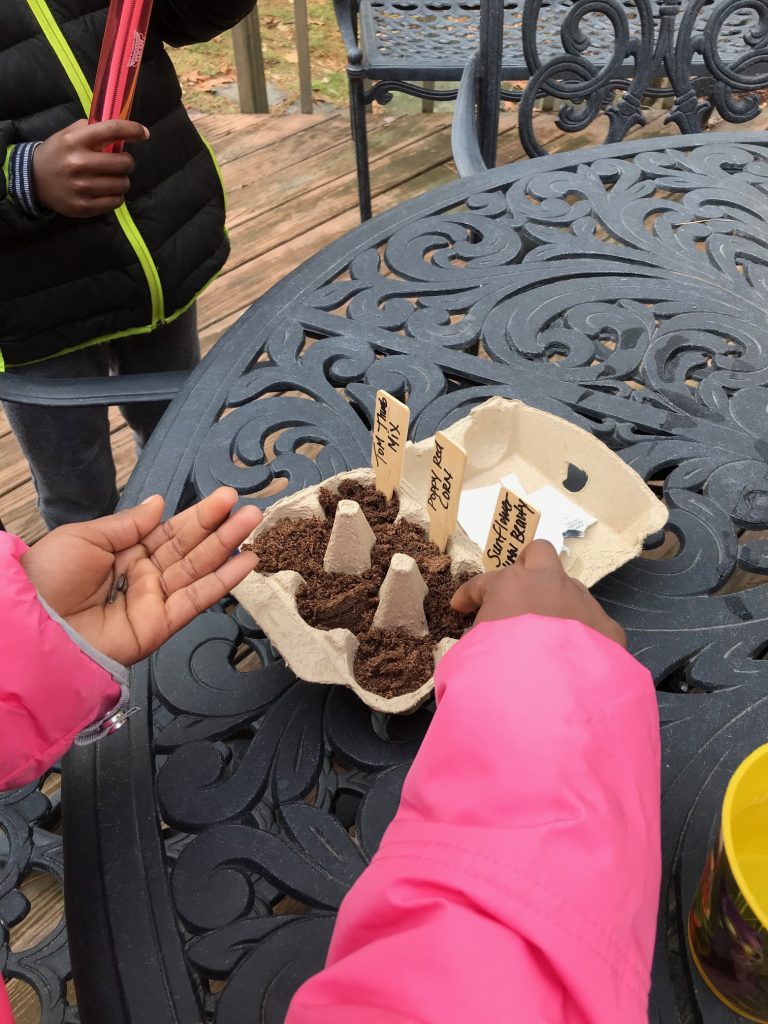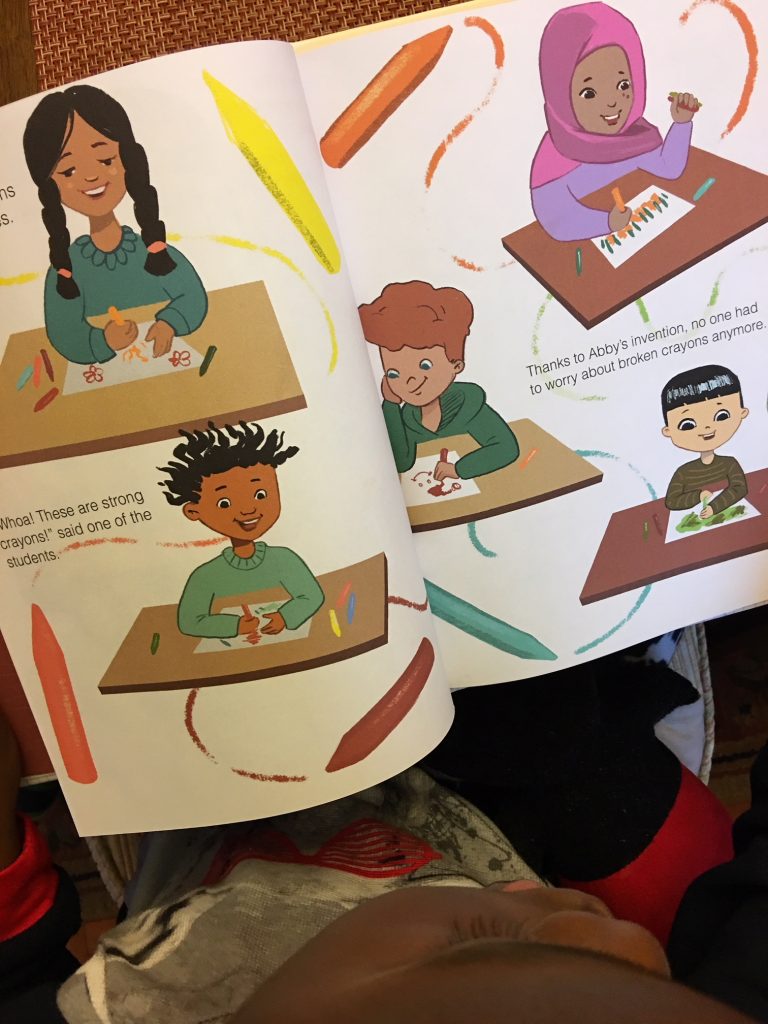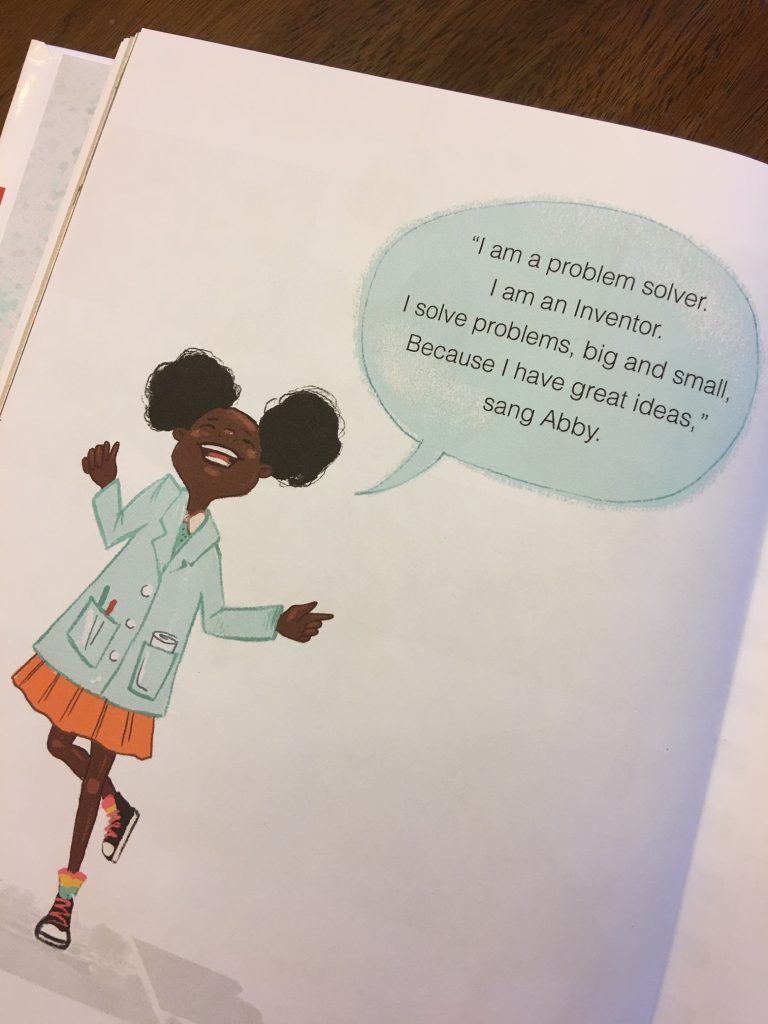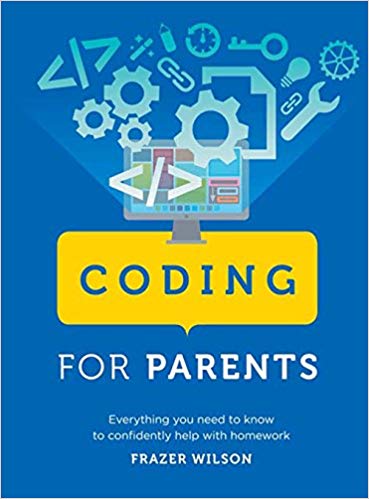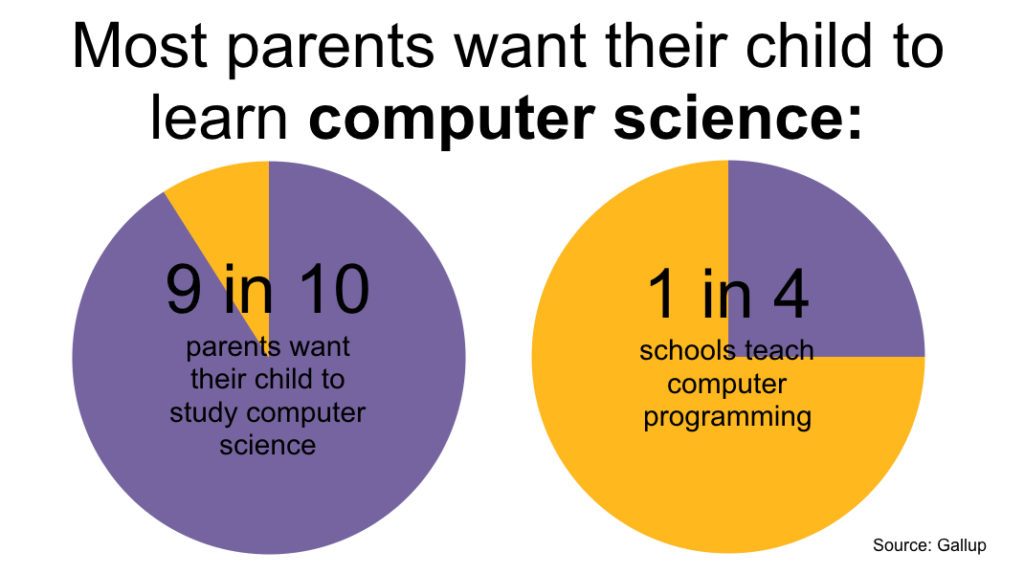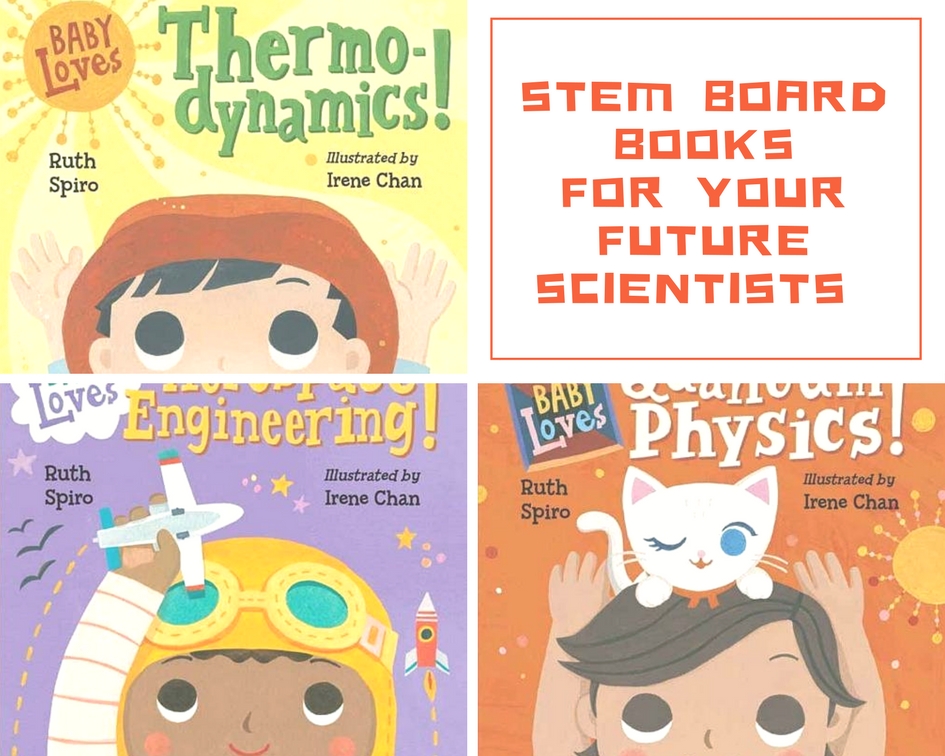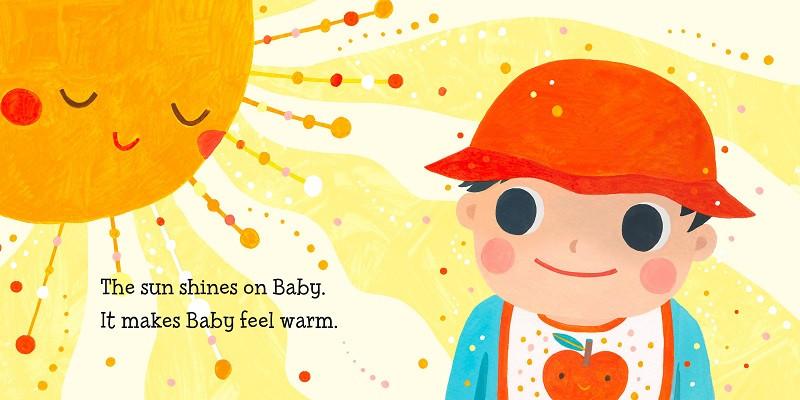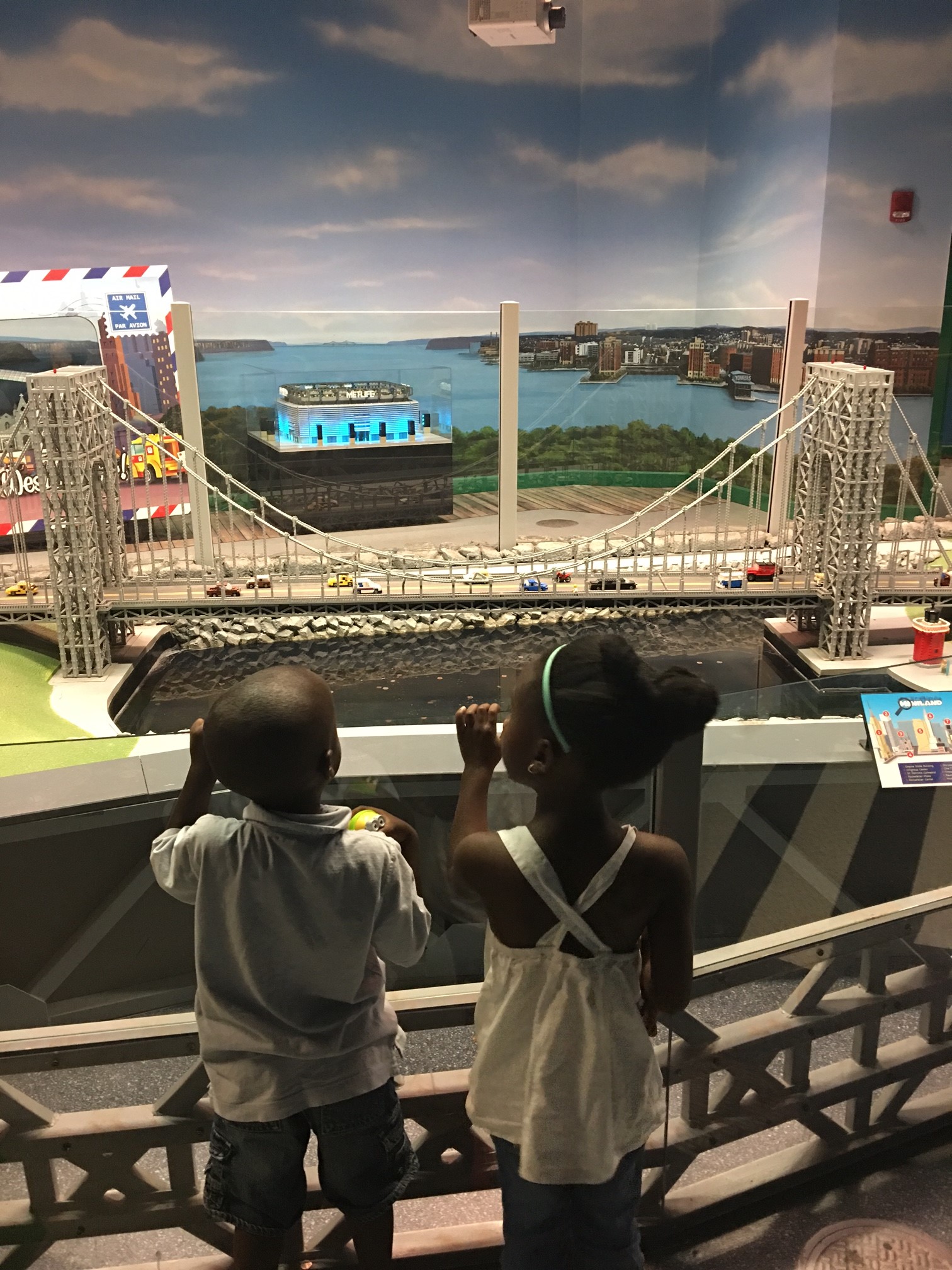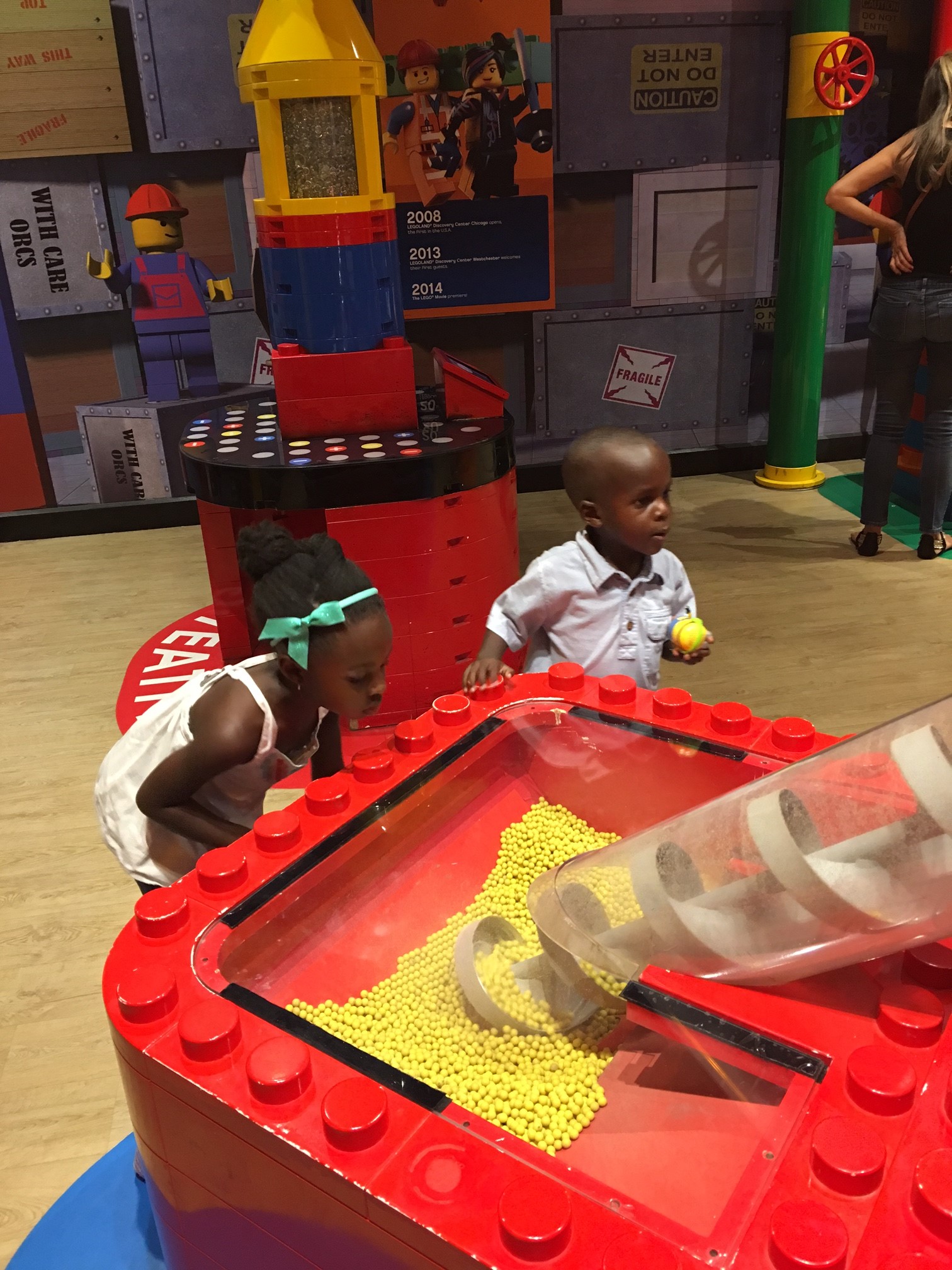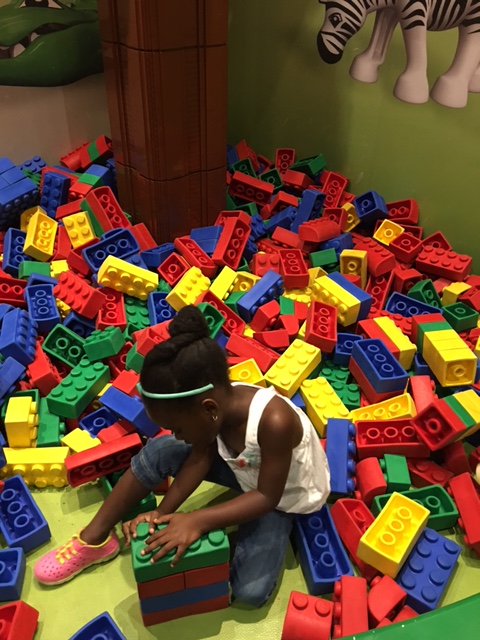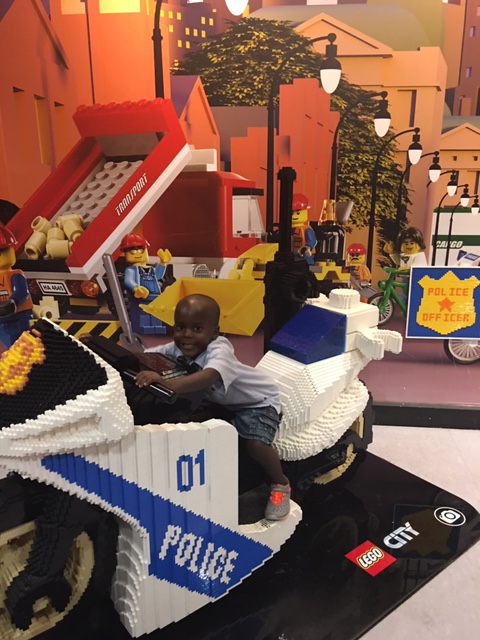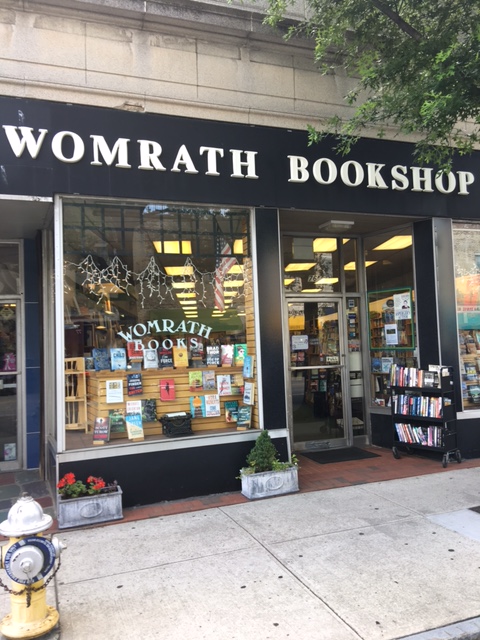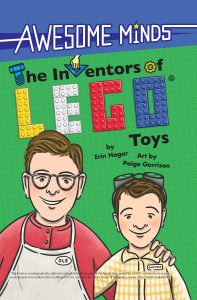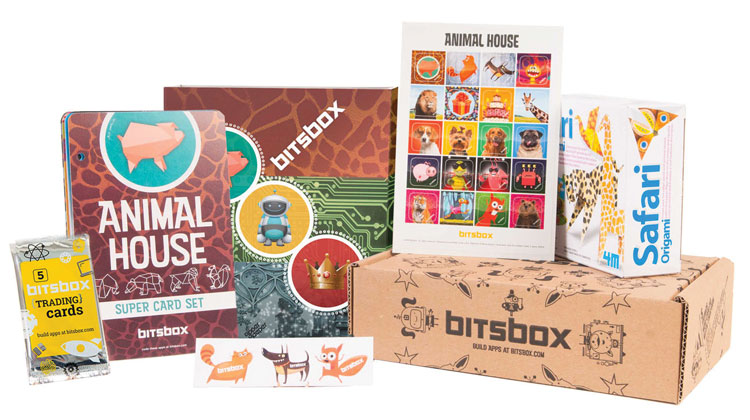Many kids love to color, draw and scribble. I know mine do! That’s why I decided to put together this list of some of the most creative and entertaining activity books that will get children’s creative juices flowing. These activity books are full of fun activities and stimulating exercises to encourage learning and development.
From playing with colors to learning science, some of these activity books have extra components that build brain-based executive functioning skills and require a little bit of extra mental energy too. Other books are filled with facts, coloring areas, and fill-in-the-blank slots that keep children learning about how the world works.
Let’s face it, if you’re a parent or caregiver you’ve been there at some point — at the airport, on the road, or at a restaurant with a bored or restless child. (There’s nothing wrong with being bored by the way – it’s actually a good thing! But that’s a whole different topic.) Sure, you can turn on an electronic device like an iPad, tablet, phone or video game to keep the kids entertained, but they don’t do much for their brain. If you’re looking for something a little more engaging, pull out an activity book, where the kids can dive into word searches, coloring, or other crafts.
Paint by Sticker Kids: Unicorns and Magic (Ages 5 – 12)
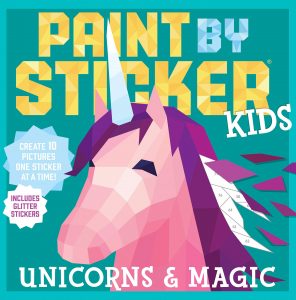
These Paint by Sticker Kids books are amazing! Each book contains 10 different pictures to create with one sticker at a time. All pictures are numbered and have corresponding stickers to match. All pages are perforated, making it easy to tear out and work. Stickers have so many wonderful benefits that help kids develop fine motor skills like: writing (neater pincer grasp), picking up small beads or string. Stickers can also be used to improve bilateral hand coordination, focus, and concentration. If your kids like puzzles and stickers like mine do, check out these books. I’m definitely going to keep a stash of these on hand to use at home, out in public and during long car rides. They have additional themes too and even holiday themed sticker books!
Sew With Me: 60 Fun & Easy Projects to Make Your Own Fabulous Décor and Accessories by Brandy Nelson (Ages 7 – 12)
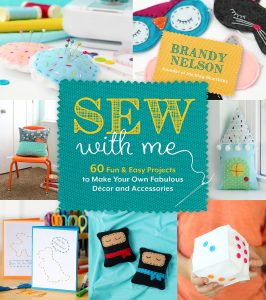
Easy-to-follow instructions make this book a great place to start for beginners. With the projects divided into three skill levels, it’s a cinch to find one that’s just right for you. Beginner projects use only hand stitching, intermediate ones combine hand stitching with easy machine sewing and advanced ones use only a machine. Filled with pictures, friendly advice and cutout templates, this will become your favorite activity book for playtime.
The Dinosaur Craft Book by Laura Minter and Tia Williams (Ages 8 – 12)
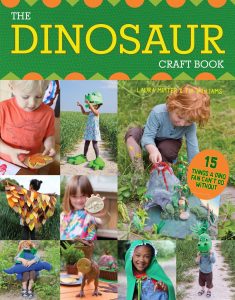
Got a dinosaur enthusiast or future paleontologist on your hands? (This one is recommended for use at home.) Containing fantastic dinosaur-themed projects to make, The Dinosaur Craft Book will get children crafting and creating in no time.
Secret Hidden Pictures Puzzles by Highlights (Ages 6 – 9)
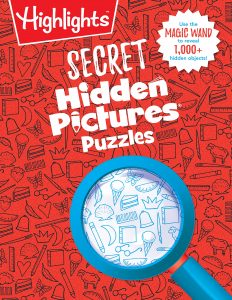
This book is seriously so fun! It comes with a magic wand to reveal over 1,000 hidden objects throughout the book. Can you say hours of fun for kids (and adults!)?
This Hidden Pictures® puzzle-novelty book features an easy-to-store magic lens made of sturdy paper and plastic to locate over 500 hidden objects and discover amazing scenes. Every red-on-blue puzzle is a mystery until the lens reveals the curiosities underneath, such as jet-skiing starfish, a robot workshop, and astronauts in a faraway galaxy. Children ages 6-9 can become Hidden Pictures® detectives by using the clues to help locate the hidden objects and uncovering new surprises every time.
Awesome Edible Kids Crafts by Arena Blake (Ages 6 – 11)
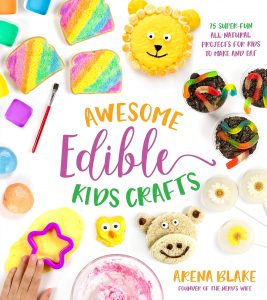
Bring out your inner sculptor with Marshmallow Playdough, and engage your artistic side with Coloring Book Cookies or Painted Rainbow Toast. Are you planning a party? Why not make Edible Taffy Balloons to decorate with, or party hats that are fun to wear and tasty to snack on? You can even transform your favorite snacks and treats into zebras, lions, giraffes and more.
Each project has a difficulty rating and lets you know if you will need a grownup to help you, making it easy for you to find the perfect project to spark your creativity using safe, nontoxic (and delicious) ingredients.
101 Kids Activities That are the Ooey, Gooey-est Ever! by Jamie Harrington, Brittanie Pyper and Holly Homer (Ages 6 – 12)
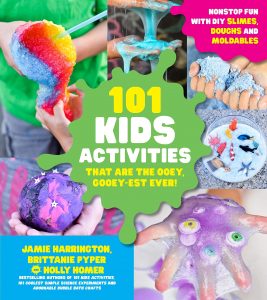
Create amazing concoctions like Fake Snow, Color-Changing Slime and Glow-in-the-Dark Dough. Dig your fngers into Glowing Magic Mud, Shaving Cream Dough and Kool-Aid Foam. Or, if you’re brave enough, squeeze the Spider Egg Sack Slime or the Frog’s Vomit Slime―eek! There are even some special slime that you can eat like Gummy Worm Slime, Pudding Slime and Cookie Dough Dough. With 101 super cool activities (that are also super easy to clean up), you can try them all!
101 Kids Activities That are the Bestest, Funnest Ever! by Rachel Miller and Holly Homer (Ages 6 – 12)
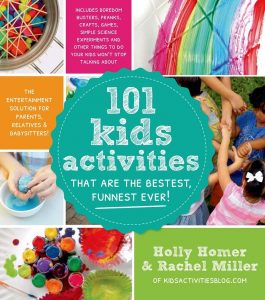
Never again will you hear the all-too-common call of, “I’m bored!” with this kid-pleaser for many ages.
Whether your kid is 3, 5 or 12 years old, there are hundreds of fun, educational and engaging things to do in this book. When they ask to watch television, you’ll have the perfect solution. 101 Kids Activities That Are the Bestest, Funnest Ever! has time-tested, exciting activities to keep your children laughing and learning for the whole day, every day.
Low-Mess Crafts for Kids: 72 Projects to Create Your Own Magical Worlds by Debbie Chapman (Ages 8 – 12)
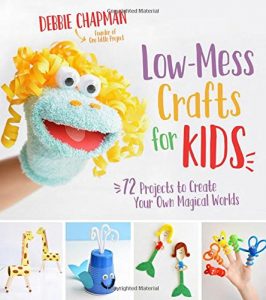
With tricks like twisting pipe cleaners into fun shapes to avoid glue and using brightly colored cups and patterned paper to avoid paint, Debbie shows that keeping it simple doesn’t mean play time has to be less fun.
Low-Mess Crafts for Kids brings parents and caretakers solutions to the craft time conundrum. As well as being low-mess, all 72 of these awesome projects feature everyday items like pipe cleaners, pom poms and clothespins, which make playtime a cinch. And with step-by-step pictures, kids of any age can create something they can be proud of.
Awesome Science Experiments for Kids by Crystal Chatterton (Ages 5 – 10)

Getting kids excited about science can be difficult. Science Experiments for Kids provides young scientists ages 5-10 with hands-on experiments that teach them how to apply the scientific method.
Animal Activity Book by Alain Gree (Ages 4 – 8)
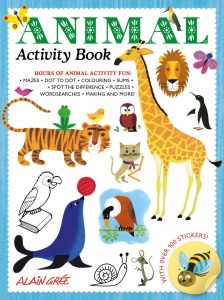
This delightful animal-themed activity book will entertain children who are crazy about all things to do with animals. The pages are crammed with over 100 great activities, including dot to dot, spot the difference, coloring in, simple makes and other engaging puzzles, as well as 4 pages of stickers to be used in the book. Fun and educational, the Animal Activity Book features beautiful, bright illustrations that will draw children in and keep them busy. All of the pages are incredibly absorbing with Alain’s unmistakably rich and appealing style of illustration. And while they are enjoying the mazes, matching and counting, the games are helping them to develop a wide range of skills, including observational, conversational and motor.
Transportation Activity Book by Alain Greer (Ages 4 – 8)
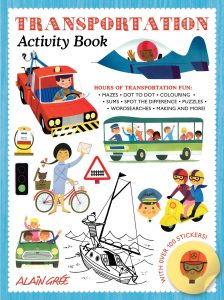
This gorgeous transport-themed activity book will be very popular with any child who loves all things that go! With over 100 different activities, including dot to dot, spot the difference, coloring in, simple makes and other engaging puzzles. The Transport Activity Book is educational as well as fun and features beautiful, bright illustrations that will draw children in and keep them busy. All of the pages are incredibly absorbing with Alain’s unmistakably rich and appealing style of illustration. And while they are enjoying the mazes, matching and counting, the games are helping them to develop a wide range of skills, including observational, conversational and motor.
Photo PuzzleMania! by Highlights (Ages
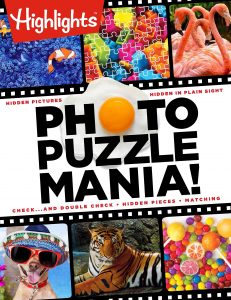
The puzzling experts at Highlights(TM) have created a brand-new puzzle direction with this exciting and innovative book–every puzzle is created from intricate, full-color photographs. Kids will love searching photos to find the hidden objects in our unique photo Hidden Pictures puzzles.
Dinosaur Puzzles by Highlights (Ages 6 – 9)
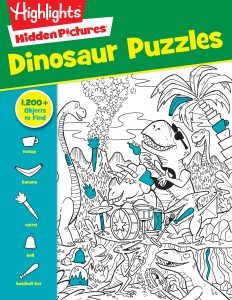
This irresistible book is packed with more than 100 favorite dinosaur puzzles straight from our beloved magazine. Drawn in the classic Highlights™ black-and-white style, each puzzle is carefully designed to engage and entertain children while honing their concentration skills and attention to detail. With more than 1,200 objects to find, this book provides kids of all ages with hours of puzzling fun.
Your turn: What are some of your favorite ways to keep kids entertained on the go or at home? Feel free to share in the comments.
